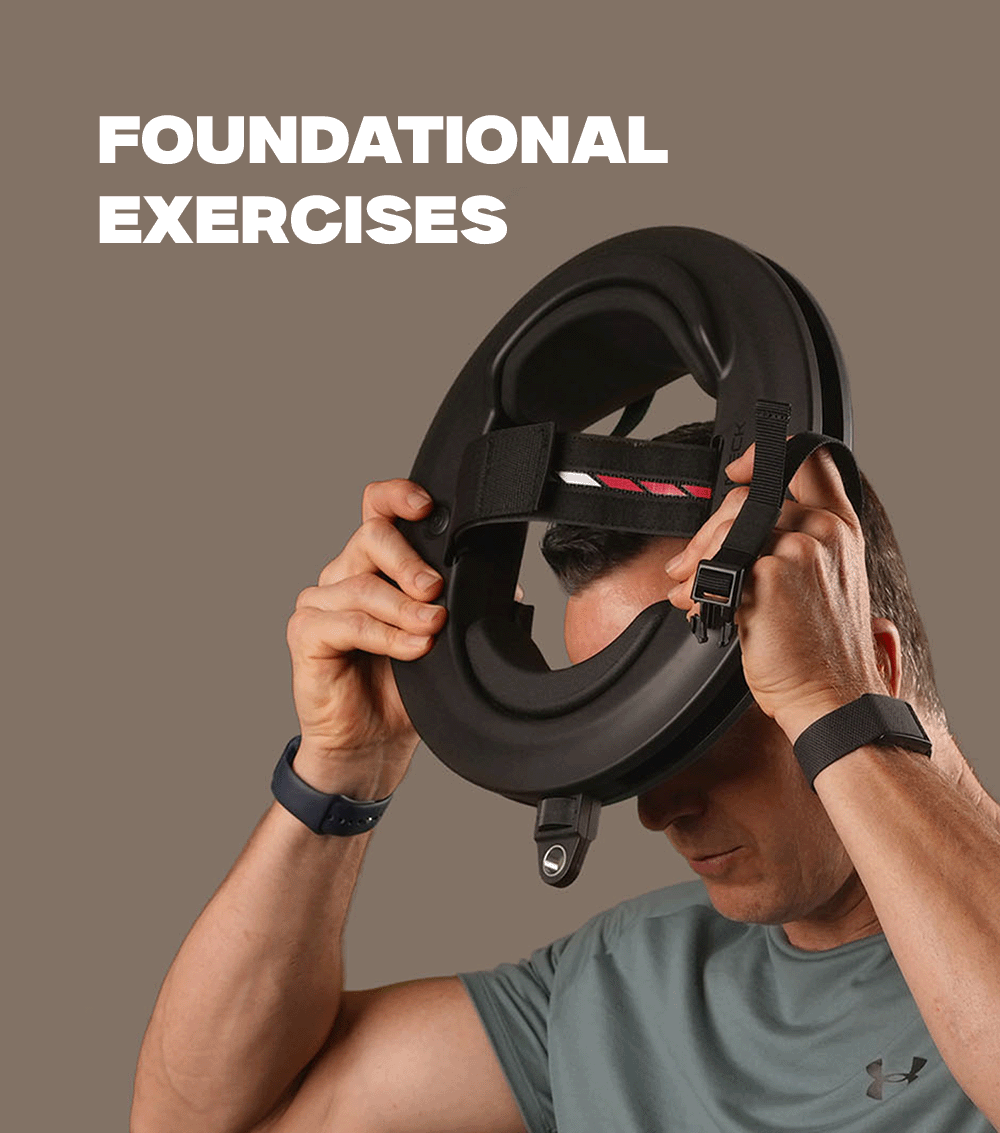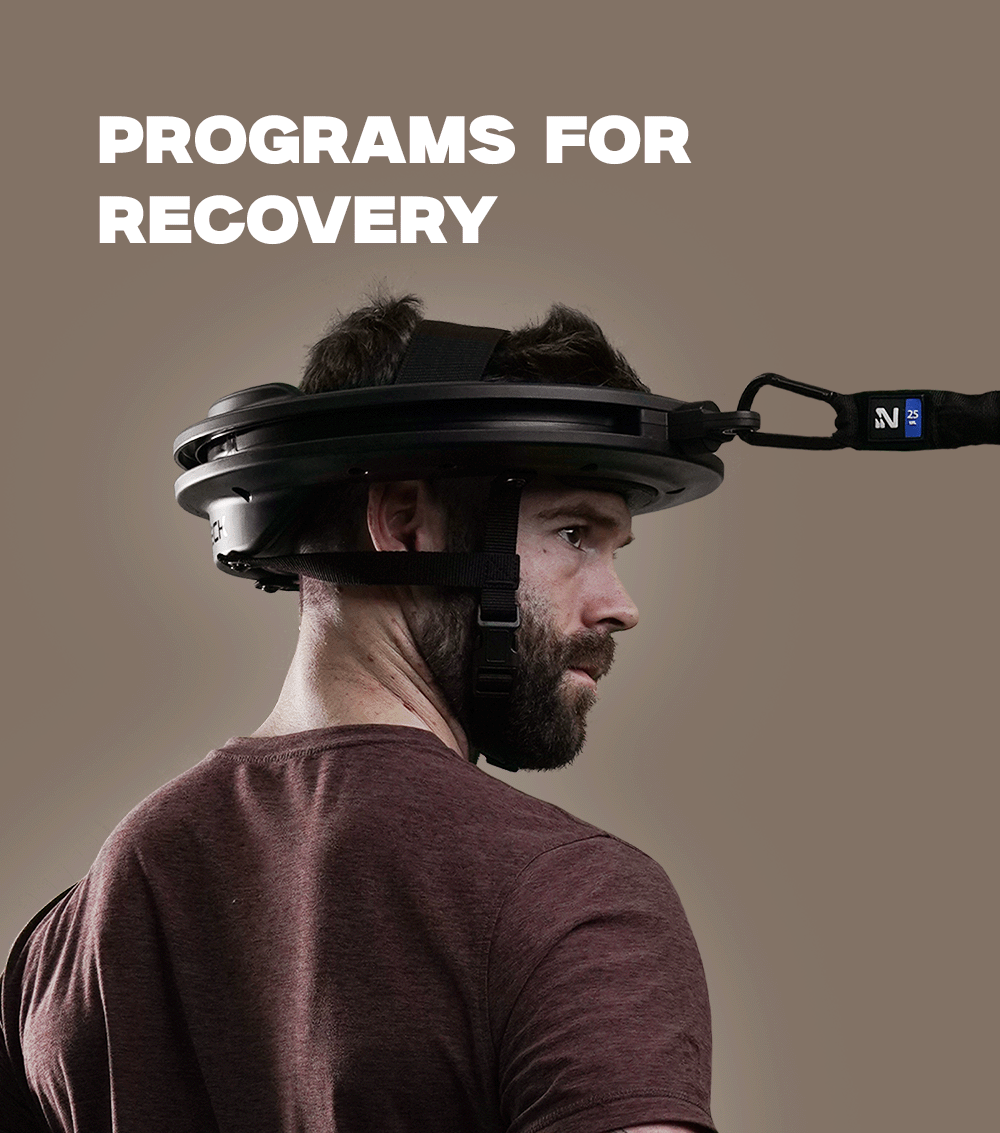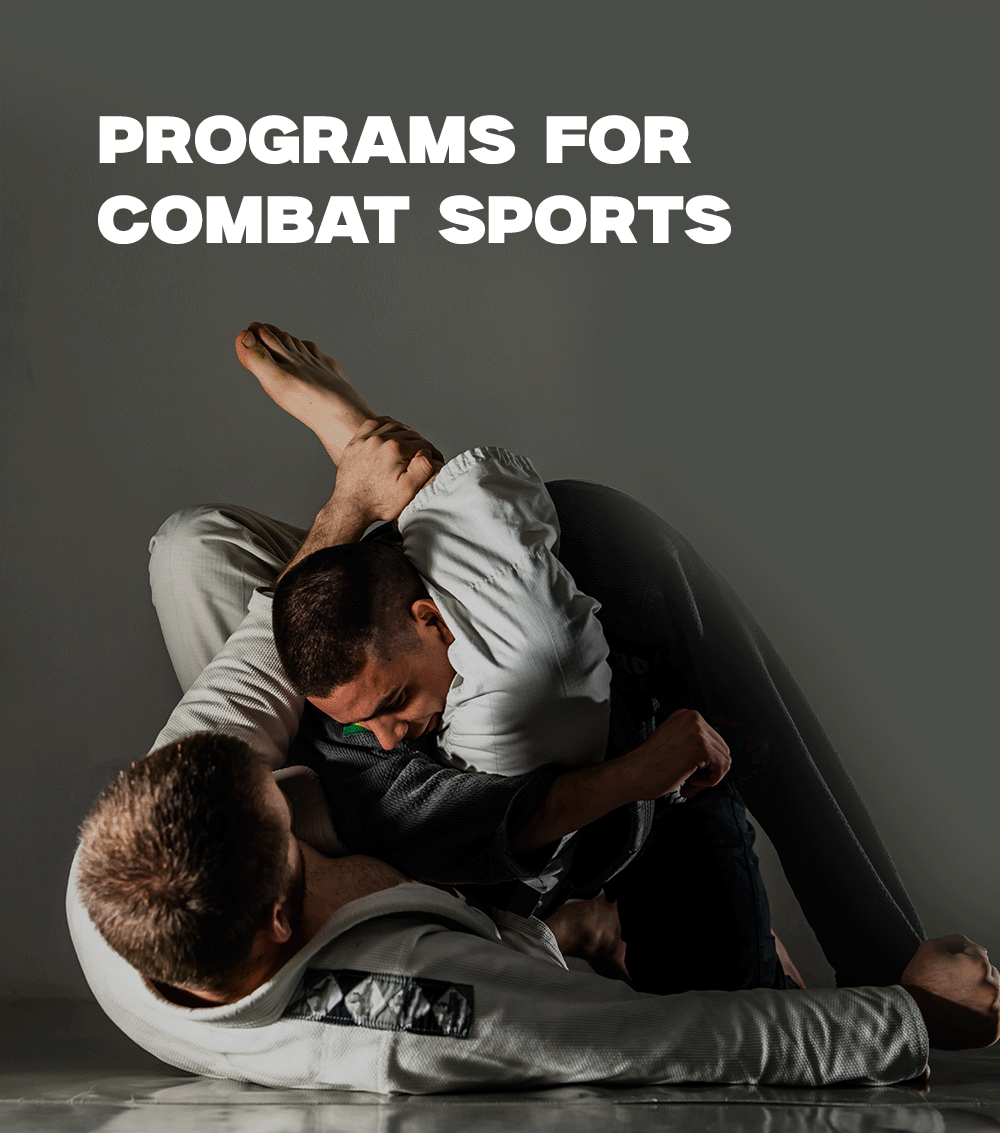<pFormula One, also known as F1, drivers are the highest class of open-wheeled auto racing in the motorsport’s world. These drivers are famously known as the most skilled, talented, fittest, fearless, and ruthless drivers in the world as they operate the fastest race cars in the world at the highest speeds of any motorsport. </p>
<p> </p>
<pDue to the high speeds accumulated, F1 drivers are required to strengthen their necks in order to withstand the push and pull forces experienced at these magnamious speeds. The physical force inflicted on an F1 driver requires endurance and strength to resist the movement----and to avoid whiplash!</p>
<p> </p>
<pTo learn more about why drivers need to strengthen their necks, continue reading! </p>
<h2Do F1 Drivers Train The Neck?</h2>
<pYes! F1 drivers train neck muscles as they would any other part of their body. F1 neck training is important for them to be able to withstand the g-forces that are experienced throughout the race. By training their neck muscles, F1 drivers are protecting their necks and preventing possible injury. </p>
<p> </p>
<pIf you look at any pictures of F1 drivers, you’ll notice that they all have pretty thick necks. This comes from purposefully training their necks---a vulnerable part of the body, especially when it comes to pressure. The training F1 drivers participate in supports their ability to keep their neck straight while driving straight and turning corners at high velocity. </p>
<h2Why Do F1 Drivers Need To Incorporate Neck Training Into Their Regimen?</h2>
<pF1 drivers have a dangerous job, the velocity that they maintain while turning corners, breaking, and accelerating puts an impressive force on the body, especially the neck. Because of the massive toll from the g-force, F1 neck training is essential for drivers to incorporate neck training into their regimen for better performance on the track while also working towards injury prevention from whiplash. </p>
<p> </p>
<pAn F1 driver may also be interested in routines as shown in our post, “<a href="https://www.iron-neck.com/blogs/news/stretches-and-exercises-for-a-pinched-nerve"Stretches and Exercises for a Pinched Nerve</a”, to alleviate pain already experienced in the neck due to a pinched nerve. Or one of our other posts, “<a href="https://www.iron-neck.com/blogs/news/neck-spasm-exercises-and-treatment"Neck Spasm Exercises and Treatment</a” to treat neck spasms experienced due to a weak neck. </p>
<h3Injury Prevention From Whiplash</h3>
<pA lot of strain is placed on F1 driver’s necks, this is especially so when cornering at high g-forces. To put it into perspective, the g-force that every F1 driver experiences loads up around extra 25 kilograms in force. Even with a supportive helmet, this can be an incredibly heavy toll for a F1 driver to withstand. </p>
<p> </p>
<pF1 drivers are required to train their necks for injury prevention from whiplash. The immensity of the g-force during a race is unimaginable unless experienced. By training their necks, F1 drivers are strengthening their necks to prepare it for the upcoming toll about to be beared under the g-force. </p>
<h3Better Performance On The Track</h3>
<pFor an F1 driver, their neck is the most crucial muscle. The constant breaking, cornering, and accelerating that comes with racing raises the crucialness of a properly trained neck. </p>
<p> </p>
<pIf the neck is not prepared for the incredible force experienced during a race, it can greatly fatigue the muscles of the neck. As the muscles of the neck are responsible for maintaining a proper head and neck position, the neck needs to be prepared for large loads in order to counteract the loads to restore a desirable position and avoid injury. </p>
<p> </p>
<pIf the neck is unprepared for the large loads experienced during a race, it can impair muscle performance. This can result in a decline in hand-eye coordination along with likely pain or discomfort, hence the reason why F1 driver neck training is so important! </p>
<h2What Are The Best Exercises For F1 Neck Strengthening?</h2>
<pThere are plenty of exercises that are effective for F1 neck strengthening in order to prevent injury and improve performance. As shown in our post, “<a href="https://www.iron-neck.com/blogs/news/6-best-exercises-to-strengthen-neck-muscles"6 Best Exercises to Strengthen Neck Muscles</a”, each of these exercises strengthens the neck muscles while improving mobility, an important injury-prevention element. These exercises can also benefit other muscles that help support the neck like the shoulders and upper back. </p>
<h3Chin Tuck </h3>
<pThis F1 neck training exercise strengthens the muscles that are responsible for drawing the head into alignment over the shoulders, the upper thoracic extensors.</p>
<p> </p>
<pTo perform this F1 driver neck training exercise, place yourself around three inches from a door jamb. Face away from the door jamb. Draw your head back, moving backward until your head touches the door jamb. Keep your chin down so that your head is pulled straight back instead of looking up. Hold your head against the door jamb for five seconds, then repeat 10 times.</p>
<h3Seated Iron Neck Pallof Press</h3>
<pThe seated Iron Neck pallof press is a great anti-rotation exercise for f1 neck training . These types of exercise help to increase core stability as well as resistance to spinal flexion, extension and rotation which are key to improving force output and reducing the risk of injury. This exercise will improve anti-rotational control and stability, critical to combating the constantly shifting and variable G-Forces on the neck and core.</p>
<h3Thoracic Rotation</h3>
<pDoing a half-kneeling thoracic rotation is a great way to relieve your neck pain. Using a resistance band, like those sold by Iron Neck, is ideal as you will be able to obtain a greater stretch during this exercise. Thoracic rotations work to improve your spine's ability to rotate. It can help relieve pain in your neck, lower back, and upper back.</p>
<p> </p>
<pStart with your head facing straight ahead, with your resistance band and harness on securely. Line up against the wall with your hip and lateral thigh of your front leg against the wall. Put your arms in front of you, palms together.</p>
<p> </p>
<pThen, reach your outside arm forward to begin the rotation, rotating your inside arm up around the wall. Turn your inside shoulder so your palm faces the wall, then draw up into the "noon" clock position. Draw your scapula back on your ribcage for a full rotation.</p>
<h3Seated Iron Neck Wheel Grip Holds</h3>
<pFor this F1 neck training exercise variation, you will brace against the simulated forces from the Iron Neck combined with the addition of the weighted handle grip---an angled handlebar secured at the end of an anchored barbell. This works to simulate the downforces from the steering wheel in a racecar. Perform these seated Iron Neck wheel grip holds on both left and right sides for about 10 seconds.</p>
<h3Locked Neck Body Turn </h3>
<pThe locked neck body turn is another great F1 neck training and strengthening exercise that can be greatly more effective with the usage of a resistance band. Set up your neck harness and band at the appropriate height. Sit into a sort of half squat, then turn your whole body, keeping the shoulders together and rotating through the hips. Do this in all directions, with the anchor point on your left as you turn your neck and body together. You'll feel a lot of activation in your hips but you can press your hands together to get your shoulder blades activated, too.</p>
<h3Cervical Retraction</h3>
<pCervical retractions can be performed in a neutral position while sitting at your desk at work. You don't need to spend a lot of time doing this F1 neck training exercise and it's easy to get into the proper position. When you're first learning how to do this exercise, it may help to get into the starting position on your bed, while lying down, instead. It may be easier for you to learn and commit to muscle memory that way.</p>
<p> </p>
<pTo start, gently tuck your chin to your neck. Then, maintaining a tucked chin, press your head back, aiming backwards and up to the ceiling. You should feel a stretch in the back of your neck. Breathe deep and relax. Repeat for 8-10 repetitions. </p>
<h3Scapular Retraction</h3>
<pScapular retractions are remarkably effective at stretching your neck and upper back muscles. Using this exercise to increase neck strength will also improve posture!</p>
<p> </p>
<pTo start, move into a standing or sitting position with your back against the wall. Squeeze your shoulder blades together with your arms on the sides of your body. Hold the position for 10 seconds and repeat 10 times for one to two sets. Don't let your shoulder blades dip or shrug to maintain the ideal position.</p>
<h3Isometric Cervical Side Bending</h3>
<pIsometric cervical side bending is another great neck exercise. It stretches your neck muscles along with your shoulders and back. </p>
<p> </p>
<pSit or stand in an upright position, keeping your head in a neutral position with your feet flat on the floor. Put one hand on the side of your head with your eyes fixed on directly in front of you. Very gently, push into the side of your head, resisting the motion by using your neck muscles. Strive to keep your head steady the entire time, without leaning forward. Hold the position.</p>
<h2How To Get Started With F1 Neck Training</h2>
<pThere are a few crucial steps needed to get started with F1 neck training. Keep reading to find out what they are! </p>
<h3Step One: Invest In The Iron Neck</h3>
<pGet the Iron Neck - the #1 piece of <a href="https://www.iron-neck.com/"neck exercise equipment</a. Investing in this high-quality piece of equipment will eliminate neck pain, reduce risk of injury, improve posture, and increase range of motion----all while strengthening the neck to improve overall performance. The perfect start to F1 neck training! </p>
<h3Step Two: Invest In Additional Equipment</h3>
<pInvesting in additional equipment for F1 neck strengthening can prove to drastically improve your overall success in training your neck for optimal performance and health. Try out our <a href="https://www.iron-neck.com/collections/neck-harnesses"neck weight harness</a and <a href="https://www.iron-neck.com/collections/bands-belts-loops"resistance training bands</a for the ultimate investment for a high-performing neck prepared to take on the g-force! </p>
<h3Step Three: Set Up A Routine</h3>
<pSetting up a routine is incredibly important in order to plan for success. Creating consistency and having discipline in attending your weekly or daily sessions is important in order to achieve success in your neck strength training regimen. We recommend training your neck 3-4 times a week. To obtain consistency, set up days and times to follow your training regimen, then stick to them. </p>
<p> </p>
<pFor more tips on neck training check out our post, “<a href="https://www.iron-neck.com/blogs/news/neck-training-the-complete-guide"Neck Training - The Complete Guide</a”!</p>
<h2Final Thoughts On F1 Driver Neck Training</h2>
<pIn this article, we’ve gone over the delicacy of the neck and how important it is for F1 drivers to incorporate specific neck strengthening exercises in their routine in order to prevent injury and maintain optimal performance. The toll of g-force is a heavy one for F1 drivers, that’s why we’ve added the best neck strengthening exercises that F1 drivers can incorporate into their routine with the Iron Neck tool.</p>
<p> </p>
<pThe Iron Neck is specially designed to promote progressive results to prevent injury and increase strength and mobility in the neck. If you’re an F1 driver, we highly recommend investing in this top quality product! </p>






